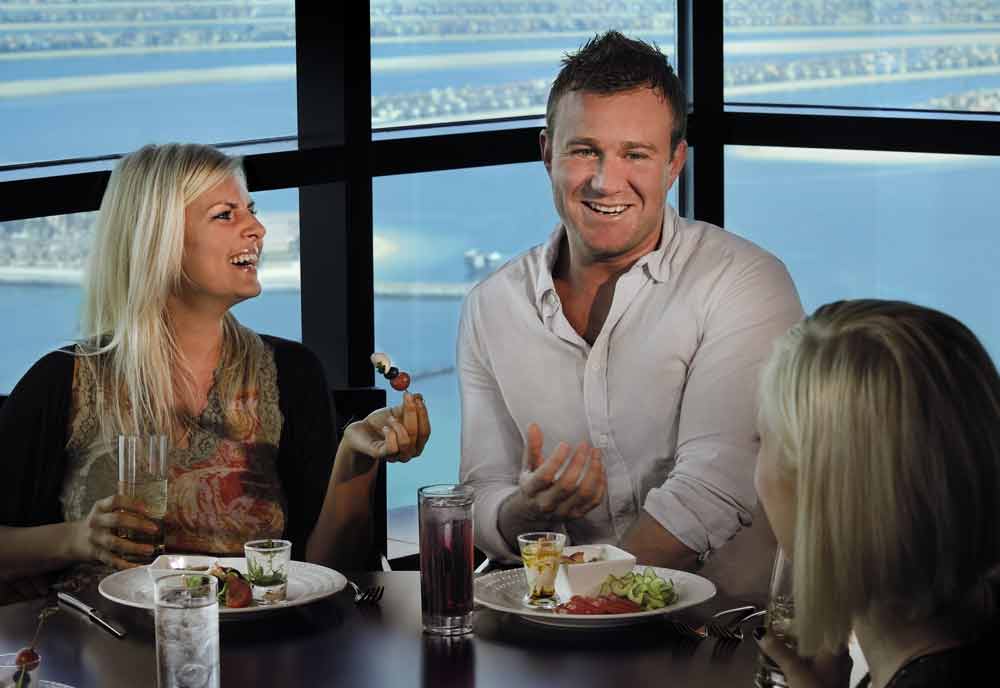Collective Buying
It’s no secret that when it comes to the online sphere, we are still playing catch-up with Europe, but we aren’t slacking.
It’s estimated that there are in excess of five million Facebook users in the GCC (http://www.spotonpr.com/mena-facebook-demographics/) and as we know, when you find a large group of people in one place, the first thing you should do is say hello and then try to sell them something.
Recently, an online trend has emerged which marries the power of the large group with the allure of deep discounting. Welcome to collective buying.

| Advertisement |
There is a large and growing number of websites which have made it their business to become chummy with the denizens of Facebook and Twitter. This is with the express objective of letting their followers know about great discounts.
These sites take your offer out to the world and announce, “we have an offer you can’t refuse”. However, “we won’t let you have it unless you cajole a few of your friends into buying it.”
That’s because for each deal, there is a minimum amount of interest (purchases) that need to be generated in order for it to be activated. This is known as ‘tipping’.
In a nutshell, you get a promotion that is designed, marketed and tracked for you. You get paid up front (if there is a no show, you still keep the money) and you are guaranteed a minimum number of paying customers (if the deal doesn’t tip, no financial harm, no financial foul).
If the deal does tip, most sites ask that you pay a percentage of the total revenue generated from the promotion, otherwise there’s usually no sign up charge.
Do bear in mind though, that these sites tend to only feature one offer a day, so if you want to get on the band wagon you need to put something very attractive forward in terms of a discount number (30% plus).
Also, some would argue that unless the offer is very well positioned, you run the risk of diluting your brand ever so slightly.
Another consideration should be ensuring that your operation is up to scratch to receive these new customers.
Aftab Sayed sums it up when he states: “The last thing you need is customers coming in and leaving with a bad experience. Don’t forget that they came to you on the social media boat and if they don’t get what they expect, they can take that same social media boat and ruin your business”.
He advises: “Have a list of general answers on hand as you will definitely be asked all sorts of questions on the offer. It’s a good idea to brainstorm your own deal — scrutinise every aspect of it before you set it to sail”.
With this in mind, who are some of the players in the market and how do they differ?
Group buying in numbers across the region
First voucher issued: May 2010 (Gonabit.com).
Estimated number of group buying sites in the region: 15 (according to http://thenextweb.com/me/2011/01/18/middle-east-2011-group-buy-watch/).
Estimated combined Facebook reach of group buying sites in the region: Over 200,000 (based on a physical count of Facebook fans on group buying sites’ Facebook presence).
Estimated worth of vouchers sold to date: Over AED 4.6 million (based on a physical review of past deals on facebook.com and a calculation of numbers purchased into discount amount).
Not So Collective (But Still Effective) Options
Most of us will be familiar with the more traditional means of dealing with surplus room inventory or the low season blues in food and beverage outlets and spas.
Loyalty programmes, discount coupons, buy three get one free offers to an existing consumer database (or someone else’s database), and the ever popular affiliate programmes (spend on your credit card and get 20% off) are such examples.
These strategies have proven their ability to bring in the business time and again. With so much competition in the market, drawing the customer in once is often the biggest challenge.
This is where the aforementioned strategies can come into their own, as they provide the hotel with a one-time opportunity to showcase their restaurant, spa or deluxe room giving them the chance to excite that customer and win them over.
However, they can be time consuming to set up and run. They often rely on the hotel’s marketing team to develop and visualise, and, because any given facet of the hotel can be running up to 10 of these sorts of offers at the same time, can often get confusing for the staff on the ground who need to punch in codes when the customer decides to scribble in the air.
Don’t despair though, there are a few specialists out there who have made it their business to get heads in beds and bums on seats and have proven their weight in marketing gold.
Conclusion
The good news is there are a lot of options out there that will no doubt drive business through your door. The bad news is there is a lot of homework to be done when it comes to picking the right partner to communicate your offer to the world at large.
One thing to remember is that when entering an unmoderated social sphere, there are no holds barred when it comes to what can be said.
Therefore, who you pick and how you do it will most certainly have an impact on your brand, your ROI, and how well you sleep at night. Whether it increases repeat business is a matter of ensuring that a customer paying discount prices isn’t getting 50% off service.









 Search our database of more than 2,700 industry companies
Search our database of more than 2,700 industry companies









